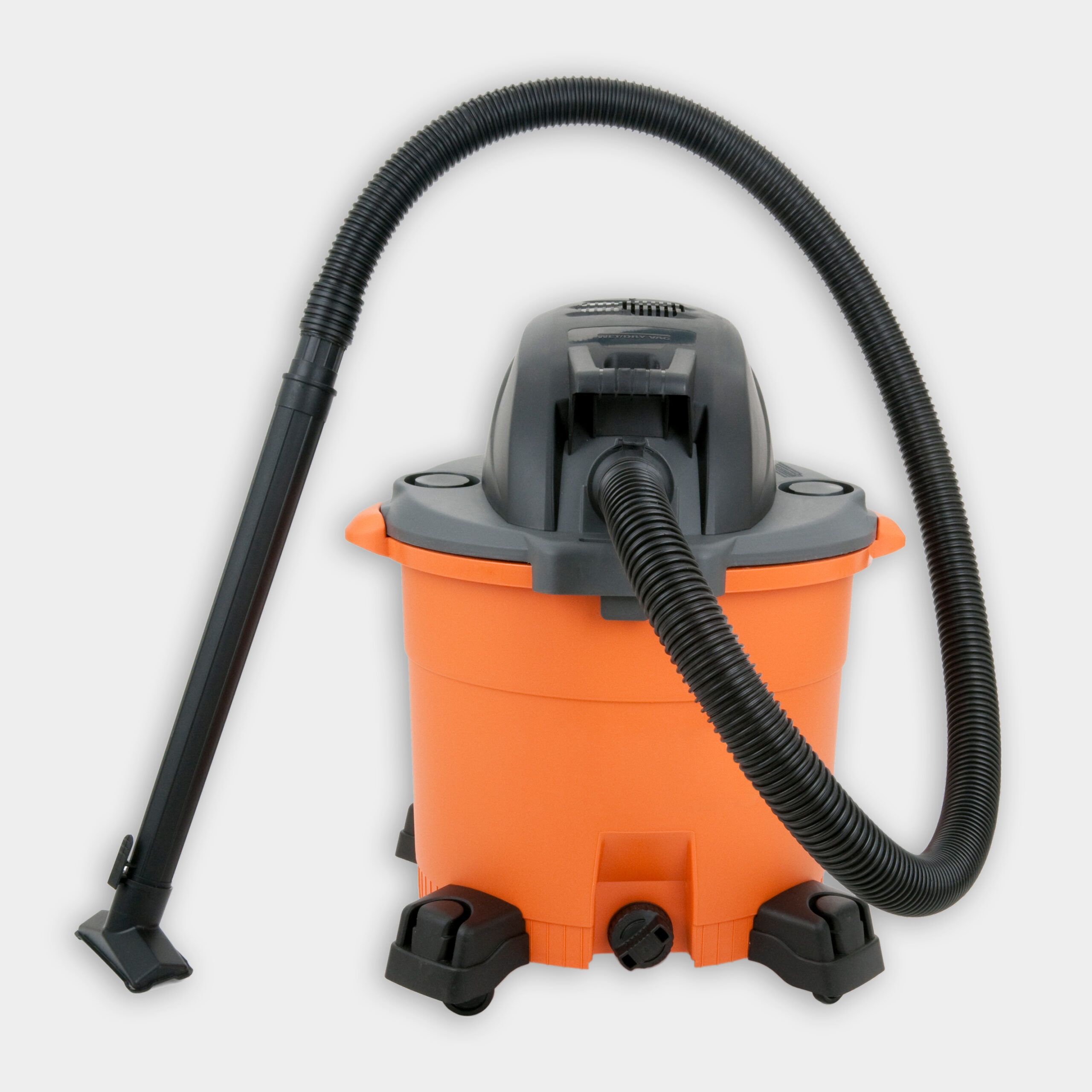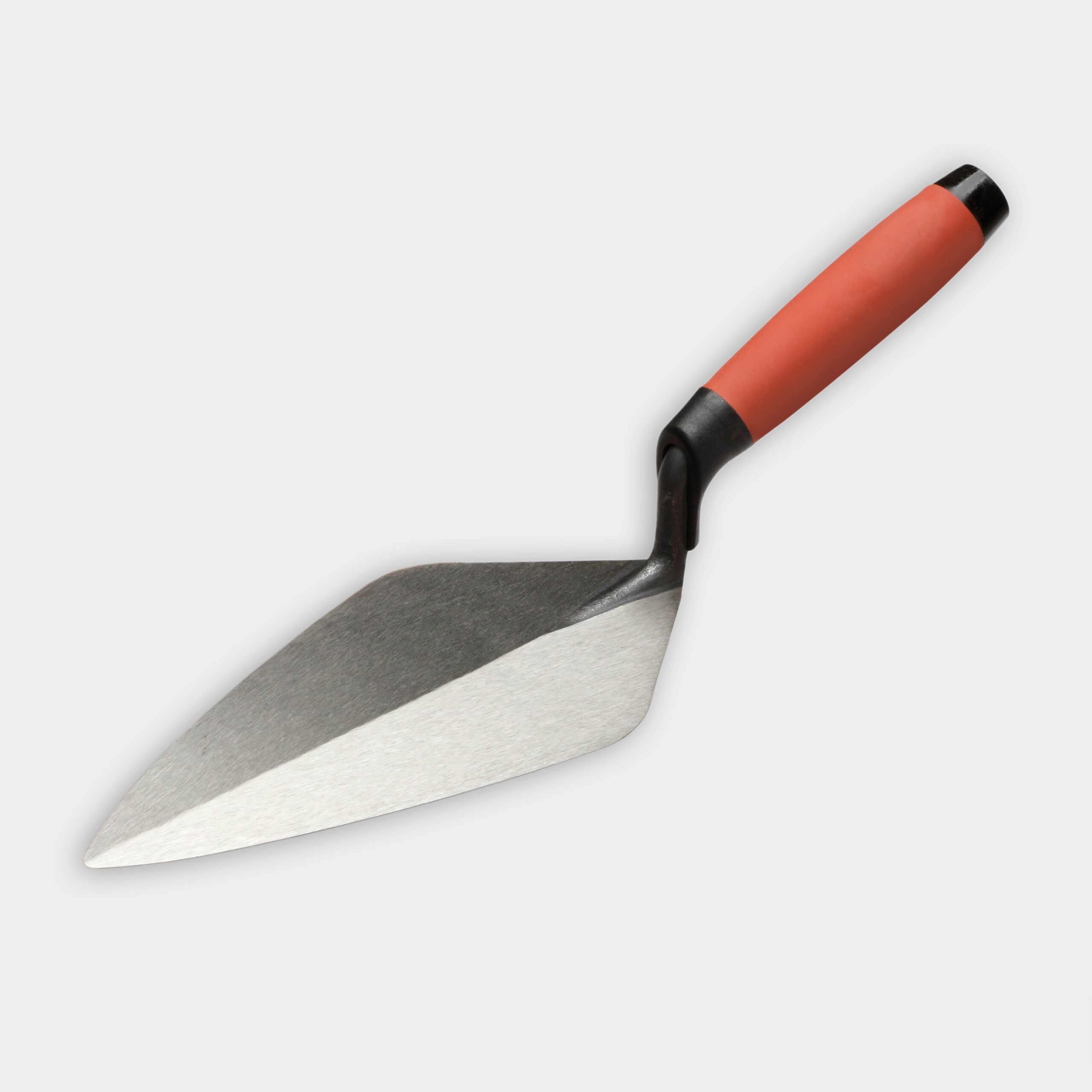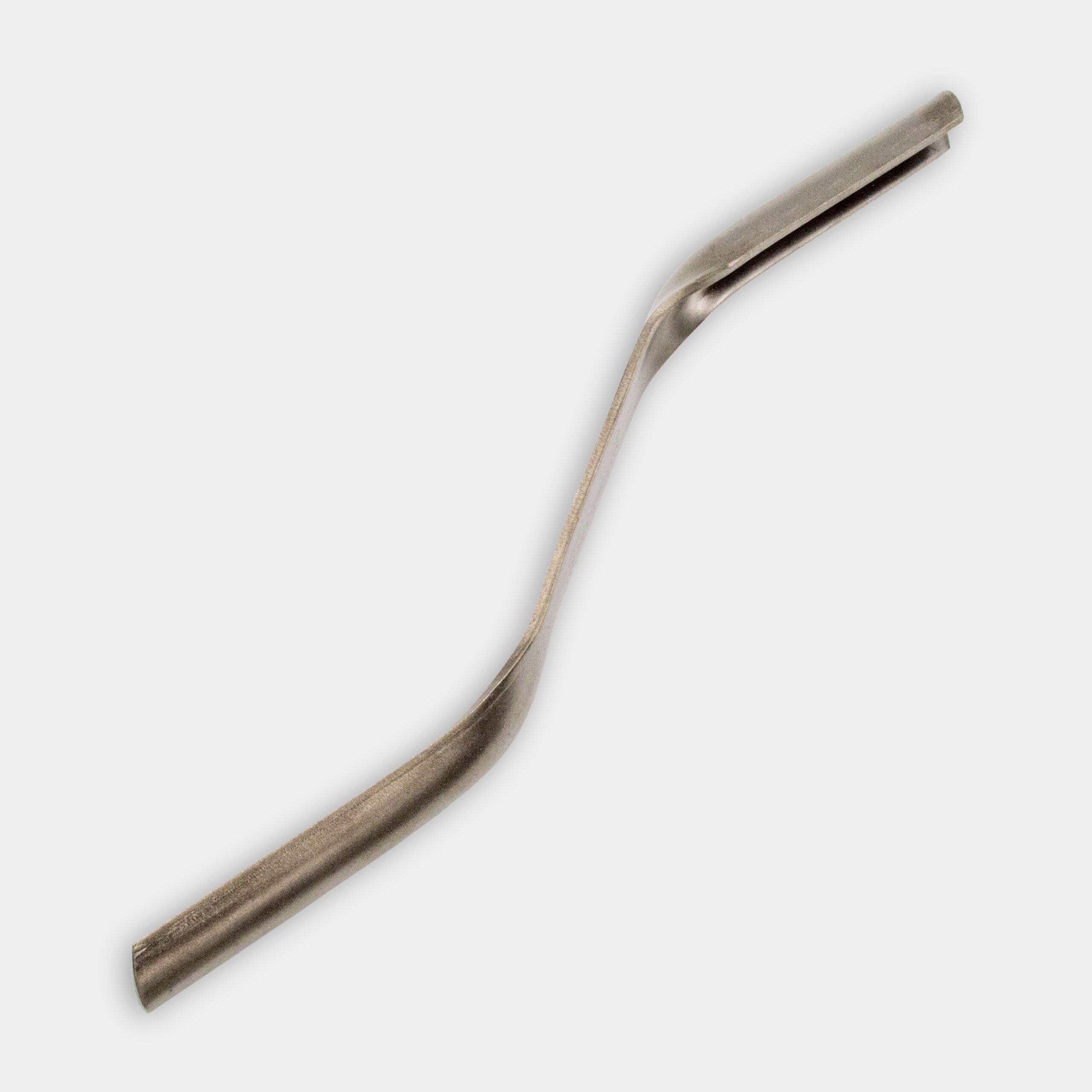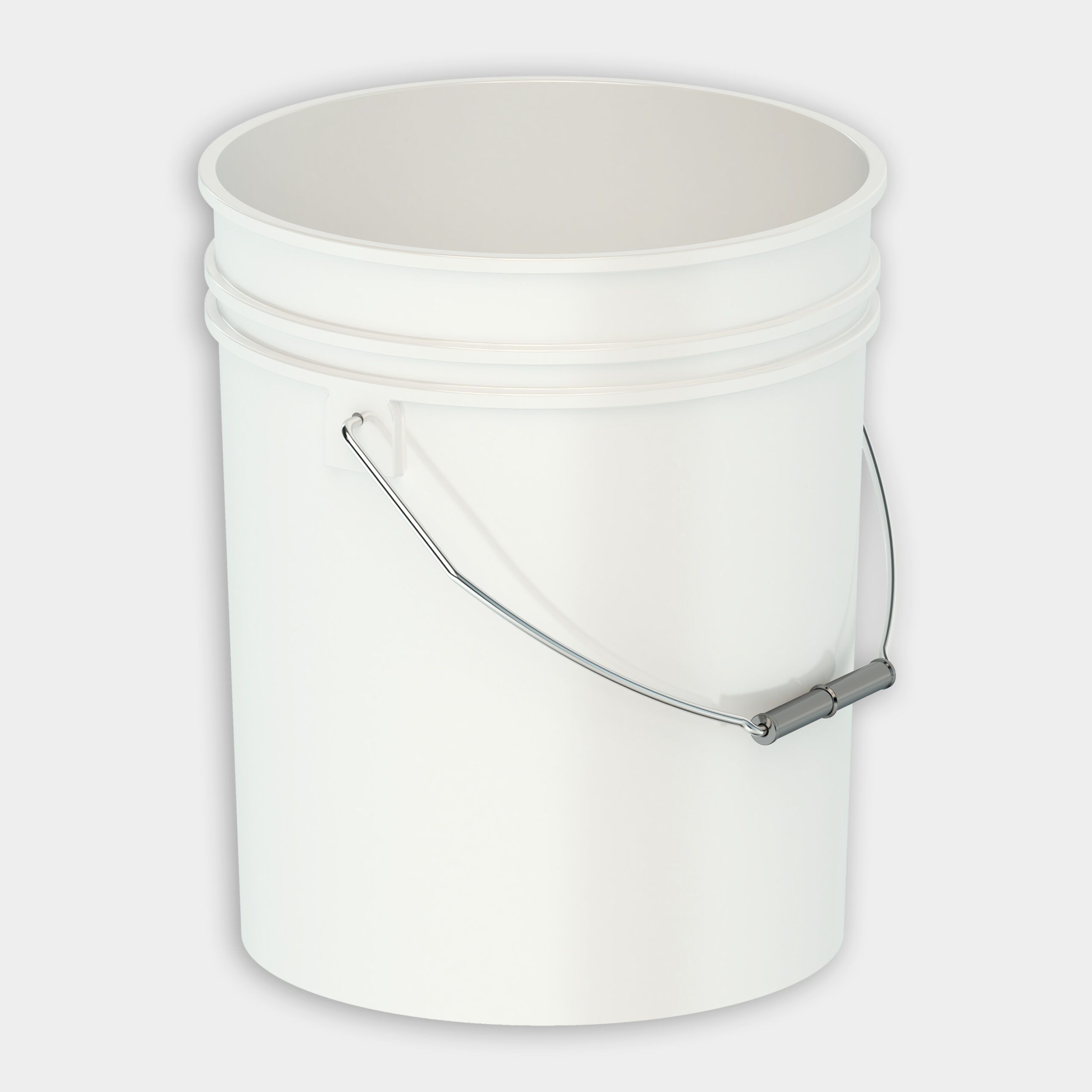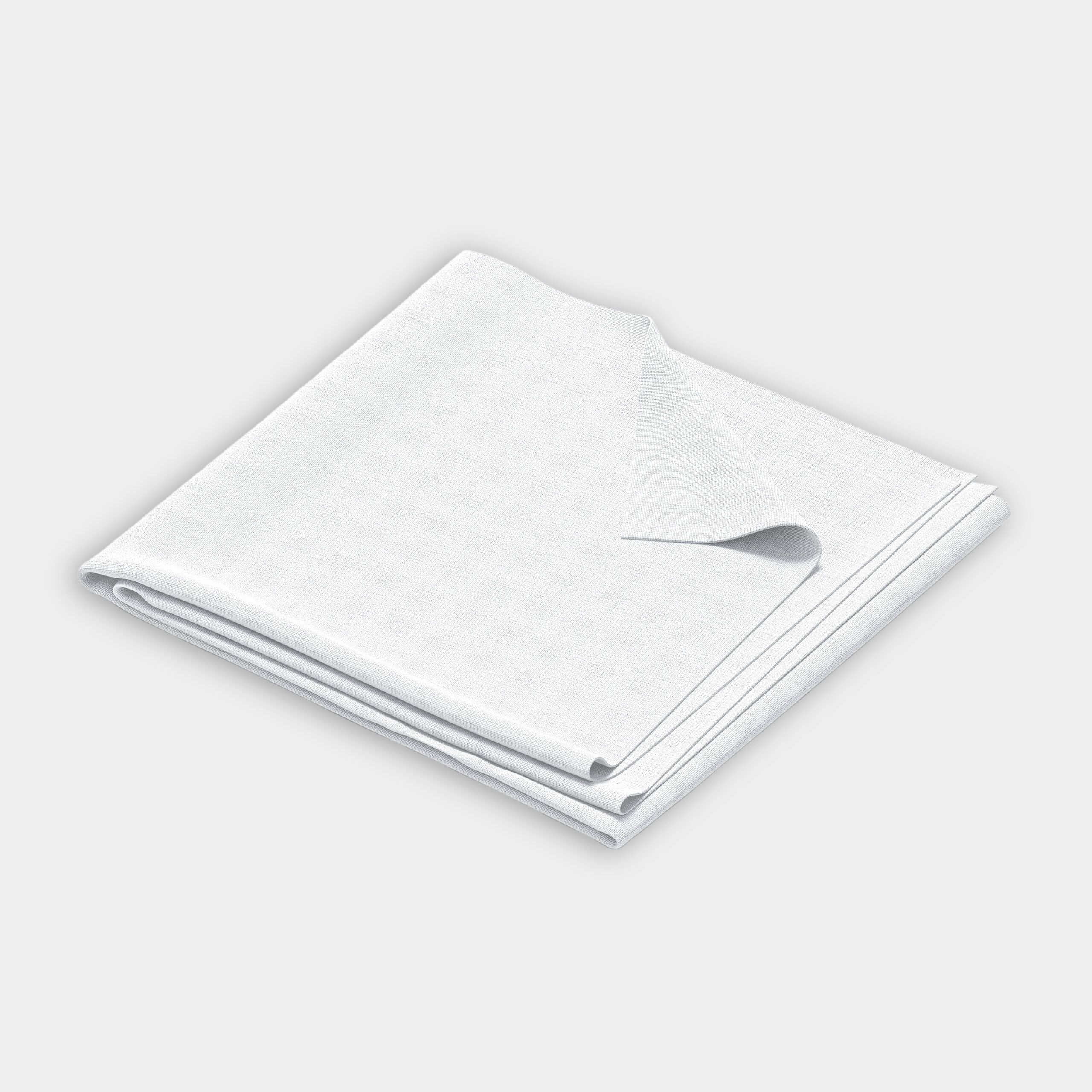We may be compensated if you purchase through links on our website. Our team is committed to delivering honest, objective, and independent reviews on home products and services.
A well-maintained fireplace can be the heart of a home, providing warmth and ambiance. However, when the firebox—the inner chamber where the fire burns—begins to crumble, it can pose safety risks and diminish the fireplace’s functionality. Restoring a firebox is a major step in preserving the integrity and beauty of an old fireplace. In this article, we’ll explore the process of firebox restoration, guided by the expertise of mason Mark McCullough from This Old House.
The Importance of Firebox Restoration
A damaged firebox can lead to several issues, including:
- Reduced efficiency of the fireplace
- Potential fire hazards due to compromised structure
- Smoke and gas leaks into living spaces
- Decreased aesthetic appeal of the fireplace
Restoring a firebox not only addresses these concerns but also helps maintain the historical value of older homes. In the video, McCullough demonstrates the restoration process on an 1888 fireplace, showcasing the importance of preserving original features while ensuring safety and functionality.
Assessing the Firebox Condition
Before beginning any restoration work, assess the current state of the firebox. Look for these common signs of damage:
- Cracked or crumbling bricks
- Loose mortar between bricks
- Visible gaps or holes in the firebox walls
- Discoloration or staining on surrounding walls
If you notice any of these issues, it’s time to consider a firebox restoration. In some cases, minor repairs may suffice, but extensive damage often requires a complete rebuild of the firebox.
Preparing for Firebox Restoration
Gathering Materials and Tools
To restore a firebox, you’ll need the following materials and tools:
- Fire bricks
- Refractory mortar mix
- Masonry trowels
- Brick jointer
- HEPA vacuum
- Bucket
- Drop cloths
- Plastic sheeting
Protecting the Surrounding Area
Before starting the restoration process, protect the room and its contents. Here’s how:
- Cover furniture and textiles with plastic sheeting.
- Lay drop cloths over the hearth and surrounding floor area.
- Remove any decorative items or accessories from the fireplace area.
The Firebox Restoration Process
Removing Damaged Materials
The first step in restoring a firebox is to remove the damaged bricks and mortar. Follow these guidelines:
- Start by using your hands to pry out loose bricks and mortar.
- Be cautious when working near the damper to avoid accidental damage.
- Clean out any debris, branches, or leaves that may have accumulated.
- Use a HEPA vacuum to remove soot and ash from the firebox area.
Preparing the New Fire Bricks
When selecting new fire bricks, consider the following:
- Choose bricks that match the color of the original ones (typically yellow or red)
- Ensure the bricks are made with refractory cement for heat resistance
- Pre-wet the bricks by submerging them in water before installation to prevent moisture absorption from the mortar
Laying Out the New Firebox
Before applying mortar, create a dry layout of the new firebox:
- Use a running bond pattern, staggering the joints between courses.
- Incorporate any salvageable original bricks into the layout.
- Plan for the Franklin Curve (see below) at the top of the firebox to direct heat into the room.
Installing the New Fire Bricks
With the layout planned, begin the installation process:
- Mix the refractory mortar to a consistency similar to oatmeal.
- Apply a bed of mortar to the floor of the firebox.
- Install the first course of bricks, ensuring full mortar coverage on head joints.
- Continue with subsequent courses, maintaining the running bond pattern.
- Use a brick jointer to smooth the mortar joints as you go.
Creating the Franklin Curve
The Franklin curve is an important element of an efficient firebox. The Franklin curve utilizes the fact that heat builds up quickly when a fire is first started, but then stabilizes as the fire burns more evenly. Incorporating the Franklin curve helps you sustain that steady heat without wasting energy.
To create the Franklin curve:
- Install the top courses of bricks at a forward-leaning angle.
- Create a slope that pushes heat into the room.
- Ensure the curve is consistent and properly mortared.
Finishing Touches for Restoring a Firebox
Smoothing and Cleaning
After the mortar has set, follow these steps to finish the restoration:
- Use a damp cloth to clean excess mortar from the brick faces.
- Smooth any rough edges or joints with a brick jointer.
- Allow the firebox to cure completely before use (typically 24-48 hours).
Aging the New Bricks
To help the new bricks blend with the original fireplace, mix a small amount of ash and soot with water and apply the mixture to the new bricks using a damp rag. You may need to adjust the darkness to match the surrounding bricks.
Safety Considerations When Restoring a Firebox
When restoring a firebox, keep these safety tips in mind:
- Wear protective gear, including gloves and a dust mask
- Ensure proper ventilation in the work area
- Allow adequate curing time before using the fireplace
- Consider having a professional inspect the work before first use
Resources
To prep the space, McCullough lays out plastic sheeting over large furniture and a drop cloth in front of the firebox. To remove the old concrete and firebrick, McCullough begins prying it out with his hands. He then cleans out any branches or broken masonry and uses a vacuum to remove the soot.
McCullough uses yellow fire brick for the new firebox, as it best matches the original. He then lays the mortar using a masonry trowel. McCullough adjusts his technique as he lays bricks on the Franklin curve, carefully setting them at a forward-facing angle. He then smooths out the mortar joints using a brick jointer.
